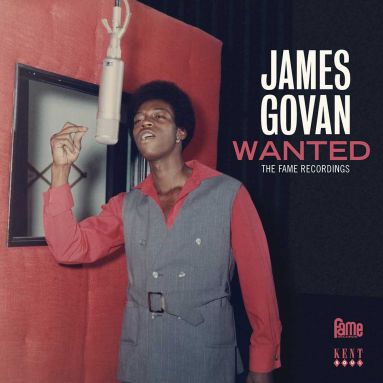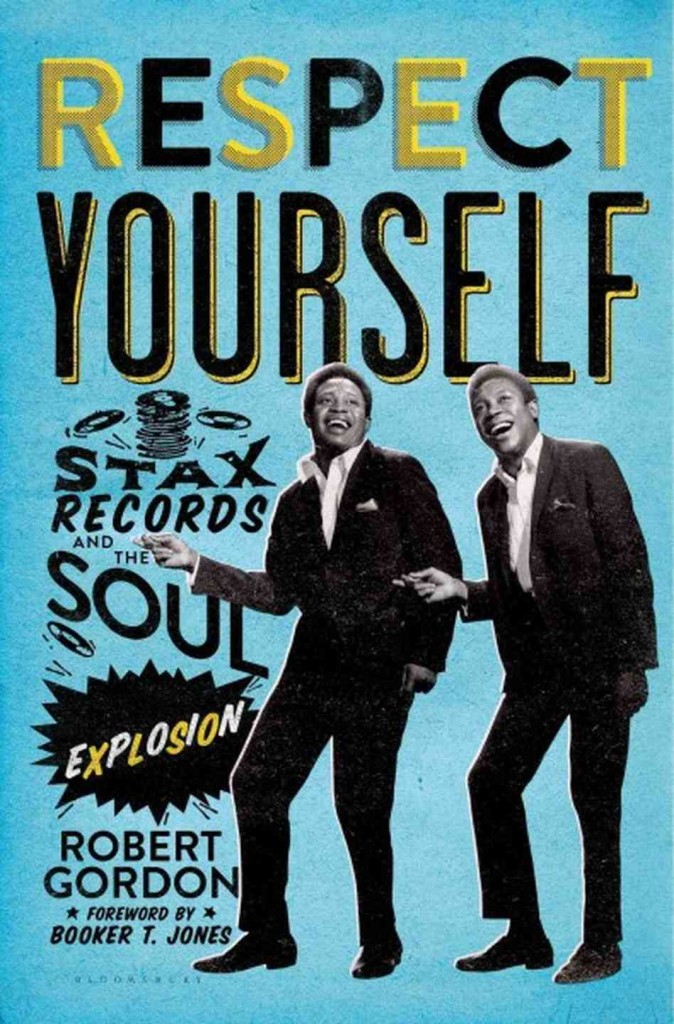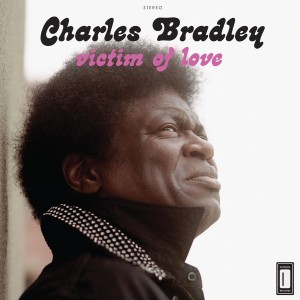Tag Archives: otis redding
JAMES GOVAN 1949-2014
James Govan might be the best singer you’ve never heard of. A staple of the local music scene for many years, James Govan was born in McComb, Mississippi in 1949.  His first big break came in 1967 when his talent caught the attention of songwriter/producer George Jackson. Jackson, who at the time was a songwriter for the legendary Muscle Shoals record label FAME, immediately recognized there was something special in James’ voice and decided to introduced him to FAME Records owner Rick Hall.  Hall also heard potential and soon after their meeting James starting recording sides for FAME. While the material was strong and James would go on to recorded a number of songs for FAME between 1969 and 1972  the label only released a few of them as singles. In fact, most of the music went unreleased until 2013 when the good people at ACE Records complied and released James Govan Wanted: The FAME Recordings. Even though none of these recordings were big hits it’s still an amazing body of work that’s essential to any Soul music fan’s record collection.
After his time with FAME, James went back to Beale Street where he became a regular performer in blues clubs. He released one album in 1982 which went nowhere and after that didn’t release any new music until the 1990’s. He saw some success again in 1993 when his performance at the Porretta Soul Festival in Italy made him a popular performer in Europe. He then released another album in 1996 but like his previous albums, it failed to draw any attention. James may have never had that “big hit record” but he always delivered the good live. He was a regular performer at the famous Run-Boogie Cafe in Memphis for over 20 years.
Sadly James passed on July 18, 2014. Fortunately his amazing talent will live on through his recordings and hopefully in time make James Govan into a household name. You can purchase James Govan Wanted: The FAME Recordings here
RESPECT YOURSELF: The Story of STAX Records
RESPECT YOURSELF: THE STORY OF STAX RECORDS Bloomsbury USA
Author Robert Gordon has been writing about the music of Memphis for almost 30 years. In Respect Yourself: The Story of STAX Records Mr. Gordon not only tells the story of STAX but also the story of the Civil Rights movement in Memphis.  Passionately written and meticulously researched this book takes you from the label’s meager beginnings in a garage outside Memphis to it’s bankruptcy in 1975.  Along with Mr. Gordon’s narration you hear from the people that made STAX happen, making this book one of a kind.
A LITTLE STAX HISTORY…
Started by Jim Stewart and his sister Estelle Axton in 1957, STAX Records was more then just a record label. It was a voice in the community. The label’s open door policy made it possible for anyone to come in off the street and set up an audition. It didn’t matter where you were from or what the color of your skin was, you were welcomed at STAX as long as you had a passion for music.
Right from the beginning STAX did things it’s own way. Segregation may have been alive and well in Memphis during the 1960’s, but that didn’t stop STAX founder Jim Stewart from hiring an African American DJ named Al Bell to be his lead promotions man. Â Working together side by side Jim, Estelle, and Al turned STAX records from a little indie label into a household name! Â STAX artists like Otis Redding, Booker T. & The MG’s, Carla Thomas, and William Bell put the label on the map with singles that started appearing on the R&B and Pop charts. Â Money was coming in and things were really rolling, until one very dark December day in 1967…
Today many people can remember exactly where they were when they learned that the plane carrying Otis Redding and The Bar-Keys went down. Otis was the soul of STAX and the voice of soul music. Â A few months later while the people of STAX were still grieving over the loss of Otis and the Bar Keys their world was rocked again. Â On the evening of April 4, 1968 Â Dr. Martin Luther King was assassinated at the Lorraine Motel in Memphis. Â Needless to say, after the assassination of Dr. King everything was different, especially in Memphis. Â If all this wasn’t enough, Â the label’s distributor Atlantic Records ended it’s relationship with STAX. Â With it’s biggest star gone and no way to get music to the stores most label’s would have called it a day, but most labels didn’t have Al Bell. Â It was then that Al and the folks at STAX hunkered down and staged one of the biggest comebacks in music history.
The early 70’s found STAX again at the top of the Soul music world. This time around STAX would reach heights that were even greater then it did in the 1960’s. Al Bell gained full control of the label and STAX rode the success of artists like Isaac Hayes, The Emotions, Johnnie Taylor, and The Staple Singers all the way to the top of the charts. Sadly this rebirth would be short lived as some questionable business decisions and over expatiation lead to STAX eventually having to declaring bankruptcy in 1975.
All that said, STAX has lived on in many different ways. Many of their artists are still celebrated today and have found new audiences. Artists such as William Bell, Mavis Staples, and Eddie Floyd still perform and continue to release new music while others like Sam Moore are mostly retired but still appear at the occasional music festival. The studio was rebuilt and is now a museum (possibly the best museum in Memphis not named The National Civil Rights museum). There is also the Stax Music Academy, a music school that is focused on providing music education to local youth. So while the days of Otis roaming the halls and Al Bell running the office might be gone all is not lost. The future of Stax is very bright.
CHARLES BRADLEY & THE MENAHAN STREET BAND
Charles Bradley “Victim Of Love” Daptone/Dunham Records
If you’ve every heard Charles Bradley you know he’s the real deal. From his James Brown like scream to his energetic stage show Mr. Bradley doesn’t just sing Soul music he LIVES IT. For those who aren’t aware, Charles Bradley was discovered while working as a James Brown impersonator in clubs around Brooklyn, New York when he caught the ear of Daptone Records co-founder Gabriel Roth. He released his debut album, NO TIME FOR DREAMING, in 2011 at the age of 63 after a lifetime of playing clubs and working odd jobs to make ends meet.  The album was a success and sent Mr. Bradley on tour across the U.S., Europe, and Canada. Now at an age when most artists are slowing down the big man returns with a new album entitled VICTIM OF LOVE, his second release for Dunham/Daptone Records.
VICTIM OF LOVE finds Mr. Bradley again backed by Menahan Street Band, a group of young but seasoned players that co-wrote NO TIME FOR DREAMING with him. The album’s gritty sound isn’t much different then Mr. Bradley’s first release but as they say, if it ain’t broke why try to fix it? Mr. Bradley screams and shouts as he tells the listener about the ups and downs of real life and the band is tight while still sounding human. Tunes like “Strictly Reserved For You”, “Love Bug Blues” and “Where Do We Go From Here?” are perfectly suited for Mr. Bradley’s voice and could have sounded right at home on his last album.  “You Put The Flame On Me” is an upbeat shuffle that is reminiscent of early Al Green and the title track “Victim of Love” is a beautiful love song that will become a slow dance classic. All that being said, the money-shot on this album is the album’s closer “Through The Storm”. On this balled Mr. Bradley offers thanks to those who’ve helped him through the hard times. If you’ve ever seen him perform live you know that on many occasions he ends the show by walking into the crowd and hugging members of the audience. It’s no surprise that a song of hope and love would be the song to end the second album. Here’s hoping Mr. Bradley will be around for a long time to come.




